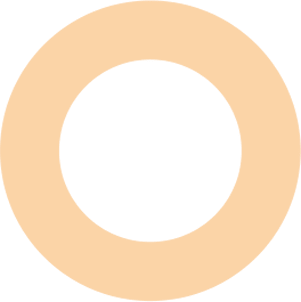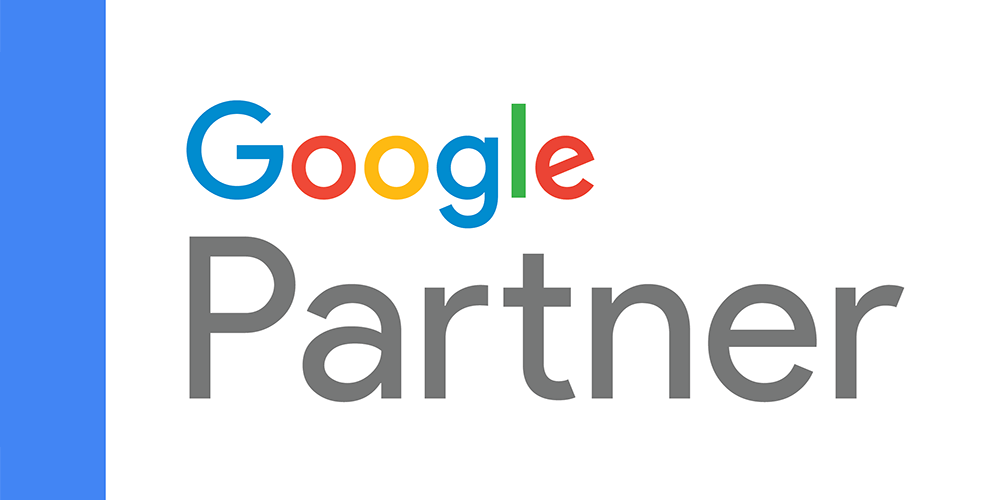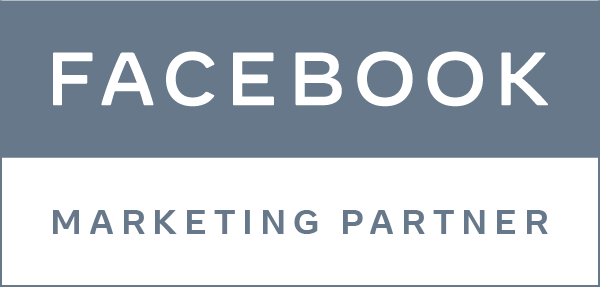In today’s competitive digital landscape, being visible online is essential for any business or brand. The combination of SEO (Search Engine Optimization) and digital marketing has become the most effective formula for maximizing visibility and reaching the right audience. This article explores the importance of both, how they work together and strategies to boost results. The Importance of SEO in Online Visibility SEO, or search engine optimization, is the practice of improving a website’s position on the results pages of search engines such as Google. Most users rarely go beyond the first page of results, which makes it crucial that your site is well positioned for the relevant keywords. SEO involves a series of techniques, from optimizing keywords in the content to improving the technical structure of the site. The better your site’s SEO, the more likely it is to be found by users when they search for products or services related to your business. Keywords: the foundation of SEO Keywords are one of the most important elements of SEO. These are the terms or phrases that users enter into search engines when they are looking for something. Keyword research allows you to identify the most relevant terms for your business, which should be strategically integrated into the content of your site. It is important that keywords are used naturally, both in titles and in the body of the text, as well as in meta descriptions and URLs. However, an excess of keywords, known as keyword stuffing, can be penalized by search engines. Therefore, balance is key to guaranteeing effective optimization. Quality Content: The King of Digital Marketing At the heart of any SEO and digital marketing strategy is quality content. Search engines prioritize sites that offer relevant, informative and up-to-date content. To maximize online visibility, your content must be optimized for keywords, but it must also respond to the needs and questions of your target audience. Blogs, videos, infographics and other types of content help to attract organic traffic and keep users engaged with the site. What’s more, creating diverse and valuable content also increases the chances of it being shared on social networks, extending its reach even further. On-Page and Off-Page SEO: Two Sides of the Same Coin SEO can be divided into two main categories: on-page SEO and off-page SEO. On-page SEO refers to all the optimizations made within the site itself, such as the structure of the content, the use of HTML tags, the optimization of images and the loading speed of the site. Off-page SEO, on the other hand, focuses on external actions that can improve your site’s ranking, such as building backlinks (links from other sites to yours). A website with high-quality backlinks is seen as more trustworthy by search engines, which can significantly improve its position in search results. Social Media: Extending the Reach of Digital Marketing Social networks play a vital role in the overall digital marketing strategy. Although social shares don’t have a direct impact on SEO rankings, they can help increase visibility and traffic to your site. Platforms such as Facebook, Instagram, LinkedIn and Twitter allow brands to interact directly with their audience, promote their content and build an engaged community. In addition, content shared on social networks can generate natural backlinks and increase brand awareness, factors that indirectly contribute to SEO success. The key is to create content that is engaging and encourages sharing. Digital Advertising: Complementing SEO with Google Ads While SEO is essential for organic visibility, paid advertising, such as Google Ads, can complement your digital marketing strategy. Google Ads allows companies to create paid campaigns that appear at the top of search results for specific keywords. This is an effective way of guaranteeing immediate visibility, while SEO works in the long term to improve organic rankings. The advantage of Google Ads is that it allows you to target ads based on factors such as geographical location, age, interests and behavior, ensuring that your content reaches the right audience. By combining SEO and paid campaigns, you can maximize your brand’s presence on search engines. Data Analysis: The Secret to Improving Results The success of any SEO and digital marketing strategy depends on continuous data analysis. Tools such as Google Analytics and Google Search Console provide valuable information on site performance, from the number of visits and user behavior to the keywords that are generating traffic. Monitoring and interpreting this data makes it possible to adjust the SEO and digital marketing strategy on an ongoing basis, ensuring that the site remains competitive and relevant in search engines. Data analysis also helps to identify new opportunities and improve areas that may be compromising online visibility. Conclusion: An Integrated Approach to Maximizing Visibility SEO and digital marketing are two fundamental pillars for ensuring online visibility and the success of any business in the digital world. An integrated approach, combining on-page and off-page SEO techniques with effective content marketing, social media and paid advertising strategies, is the key to maximizing your brand’s reach. By investing in SEO and digital marketing strategically and continuously, companies can not only attract more traffic to their websites, but also convert these visitors into loyal customers.









